The Basics of Making the Perfect Spanish Paella
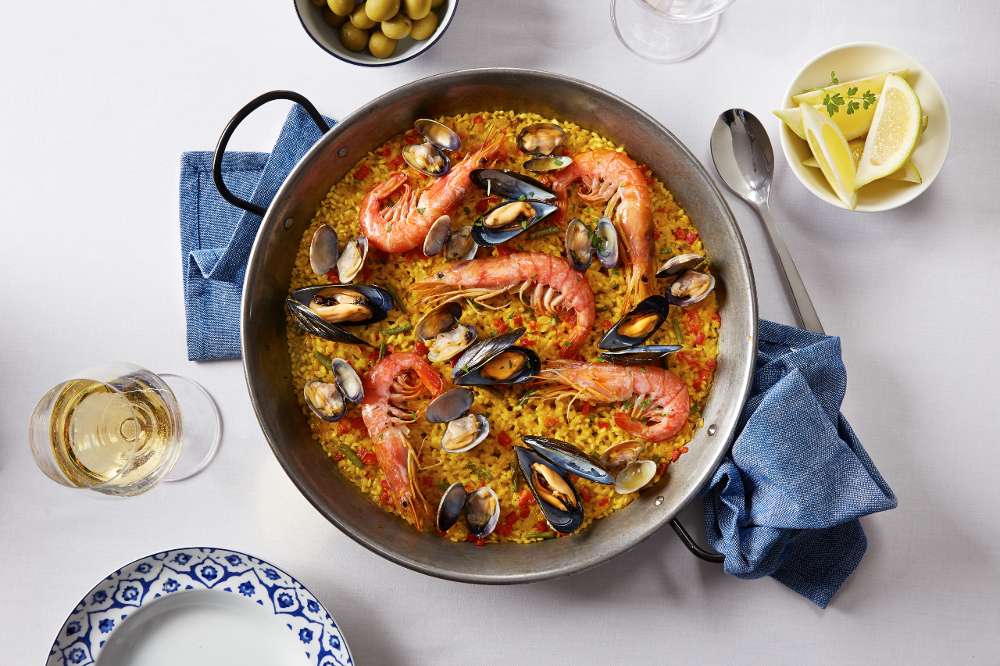
Paella is perhaps the most iconic dish from the Iberian Peninsula, and a delicious representative of one of the world’s top culinary traditions. Ask a Spaniard, and they will tell you nothing smells quite as good. Ask again, and they’ll let you know how difficult it is to get it just right. From the right stock to the perfect grain of rice, and techniques that take years to master, there is a lot behind the perfect Spanish paella.
A paella derives its name from the wide, shallow cooking pans traditionally used for cooking in the Spanish region of Valencia. A paella pan is also called a paellera, and often used in combination with a paella burner (and a stand and hose) for optimal results.
It’s all about the right ingredients…
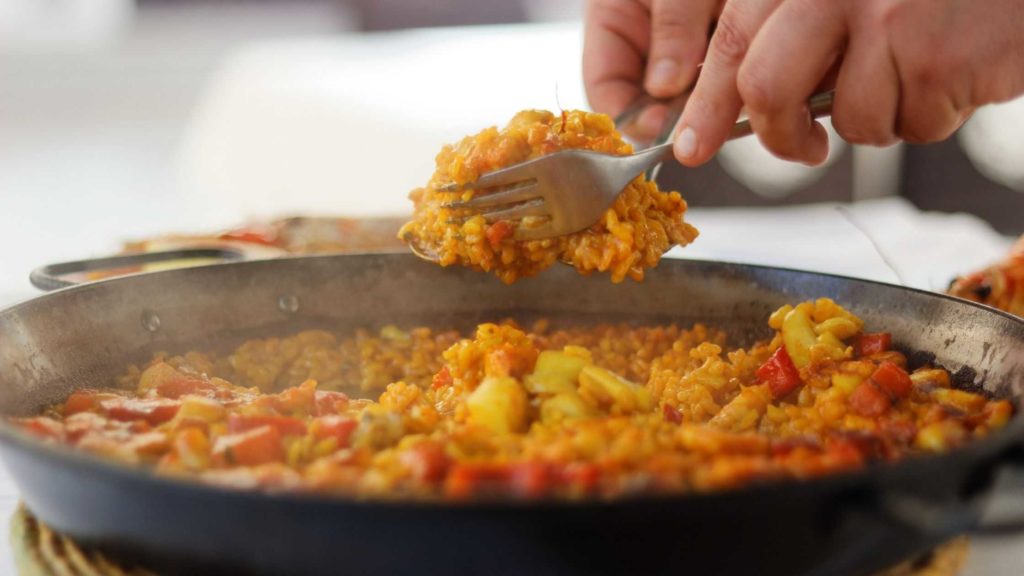
Looking at the ingredients on a paella recipe may be enough to dissuade you from making one on your own, but is there any better way to hone our culinary skills than through proactive? Besides, by using the right ingredients, you will already be on your way!
First, you must select the appropriate stock for your paella, which will infuse all other ingredients with flavor. Fish stock usually works best, but can be substituted with chicken broth on the right type of paella. In a Paella Valenciana, chicken is usually the protein of choice, but rabbit, or duck are also used. In this case, the stock used should be vegetable stock. For a paella de mariscos, Spanish for seafood paella, or a mixed paella, which includes both meat and seafood, fish stock is the way to go.
Now that you have the stock and protein down, it is time for the star of the show, rice. Short grain varieties of rice are ideal for paella since they will absorb more liquid and flavors from the stock and other ingredients. In Spain, the best paellas are made using arroz Bomba, or “bomb” rice, from the Valencia region.
When we think of paella, we often envision the rice and the protein, but give little thought to anything else. However, there is one ingredient essential for any good paella, el sofrito. Sofrito is a mixture of sautéed ingredients, including onion, tomato, garlic, and smoked paprika that contributes as much to paella as rice and various proteins. Another key ingredient is the “Red Gold”. Yes, we are talking about Spanish Saffron!
…and mastering the right techniques!

It’s important to keep in mind that paella is a challenging dish to master. Your first one may be nice, but once you go through half a dozen tries, number six should be both noticeably different, and amazing!
Despite no substitute for experience, there are a few techniques to help you get started on the right foot. One of the hardest tricks on paella is never stirring the rice, so evenly layering it from the start is of the utmost importance. Once the rice is taken care of let the paella cook evenly for 18 minutes.
On an important side note, the combination of a slow cook and unstirred rice creates one of Spain’s favorite aspects of paella, the socarrat! But what exactly is socarrat, you ask? It is the crispy rice that caramelizes at the bottom of the paellera, and it is loved across Valencia and Spain!
Ready to give your own paella a try?
Paella recipes are widely available online, but if you can’t decide on one, we recommend following this recipe to get started. Remember, making a paella may be challenging, but it will also be incredibly rewarding, and delicious, once you master this iconic Spanish dish.
So, if you are planning on a Spanish afternoon with friends, why not give paella a try? While you wait for the stock to warm up and the rice to absorb all the flavors, why not munch on other of the many fine delicacies Spain has to offer?
You can always find the right ingredients and tools at Iberico Club, and share the results of your culinary adventures with us on social media!



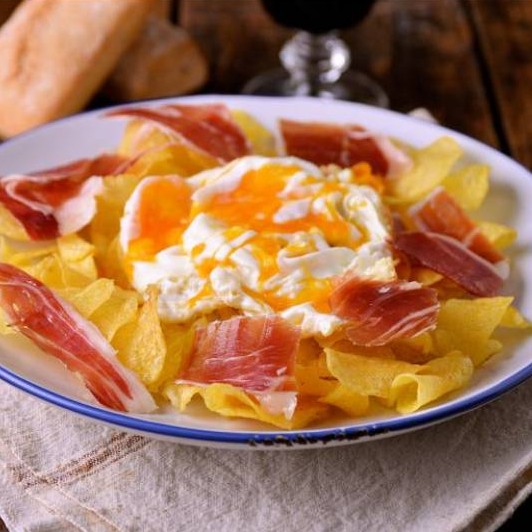
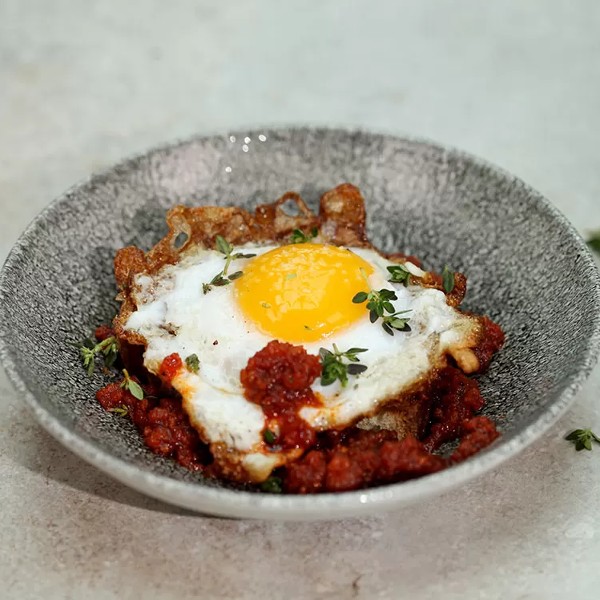
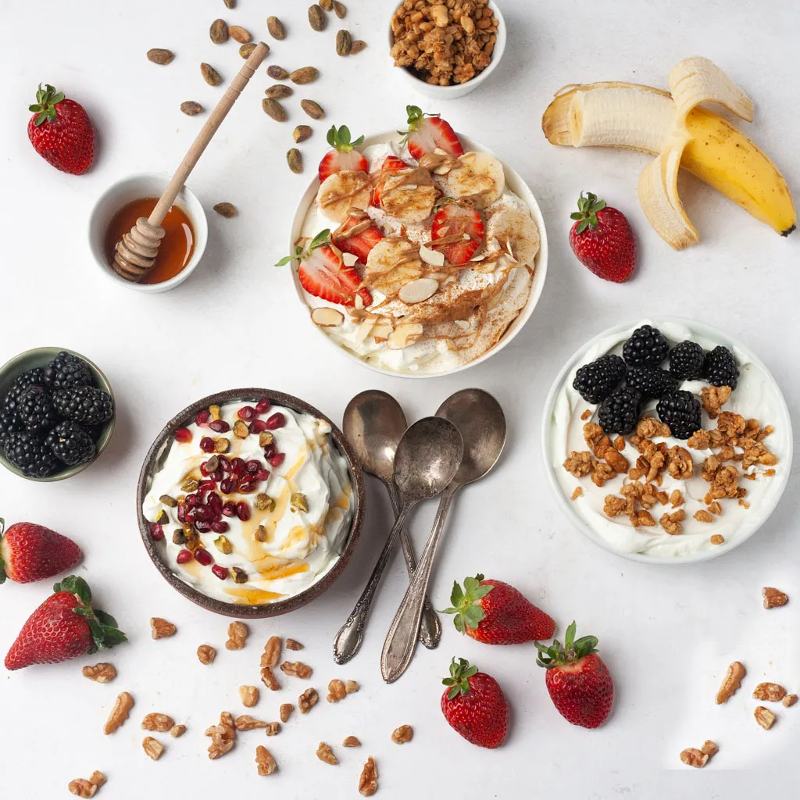
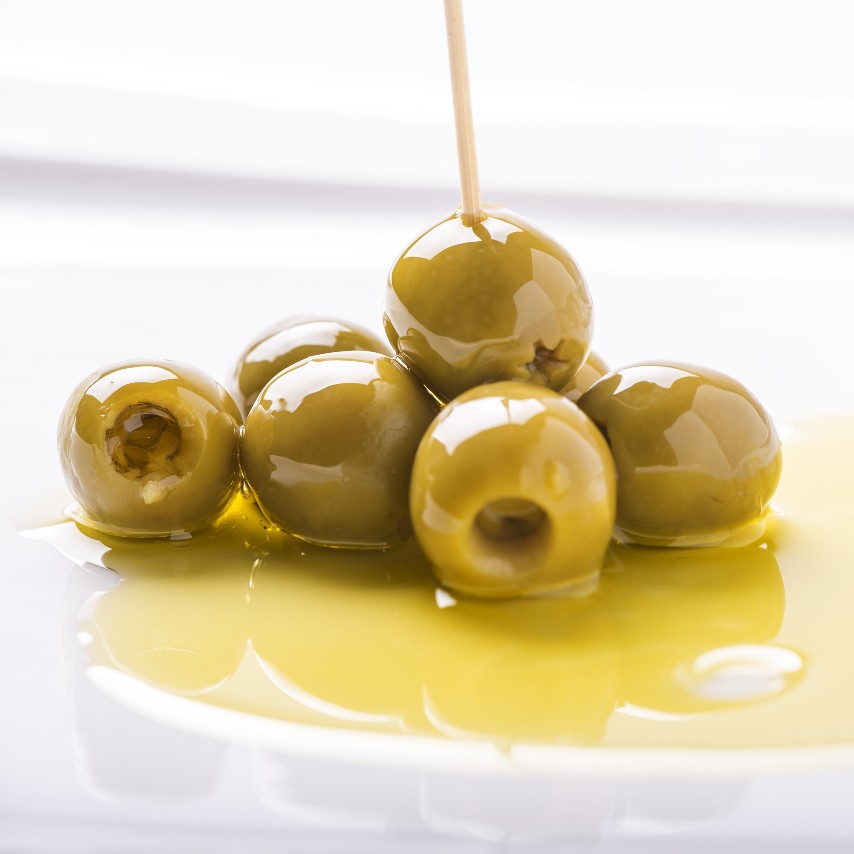
Comments